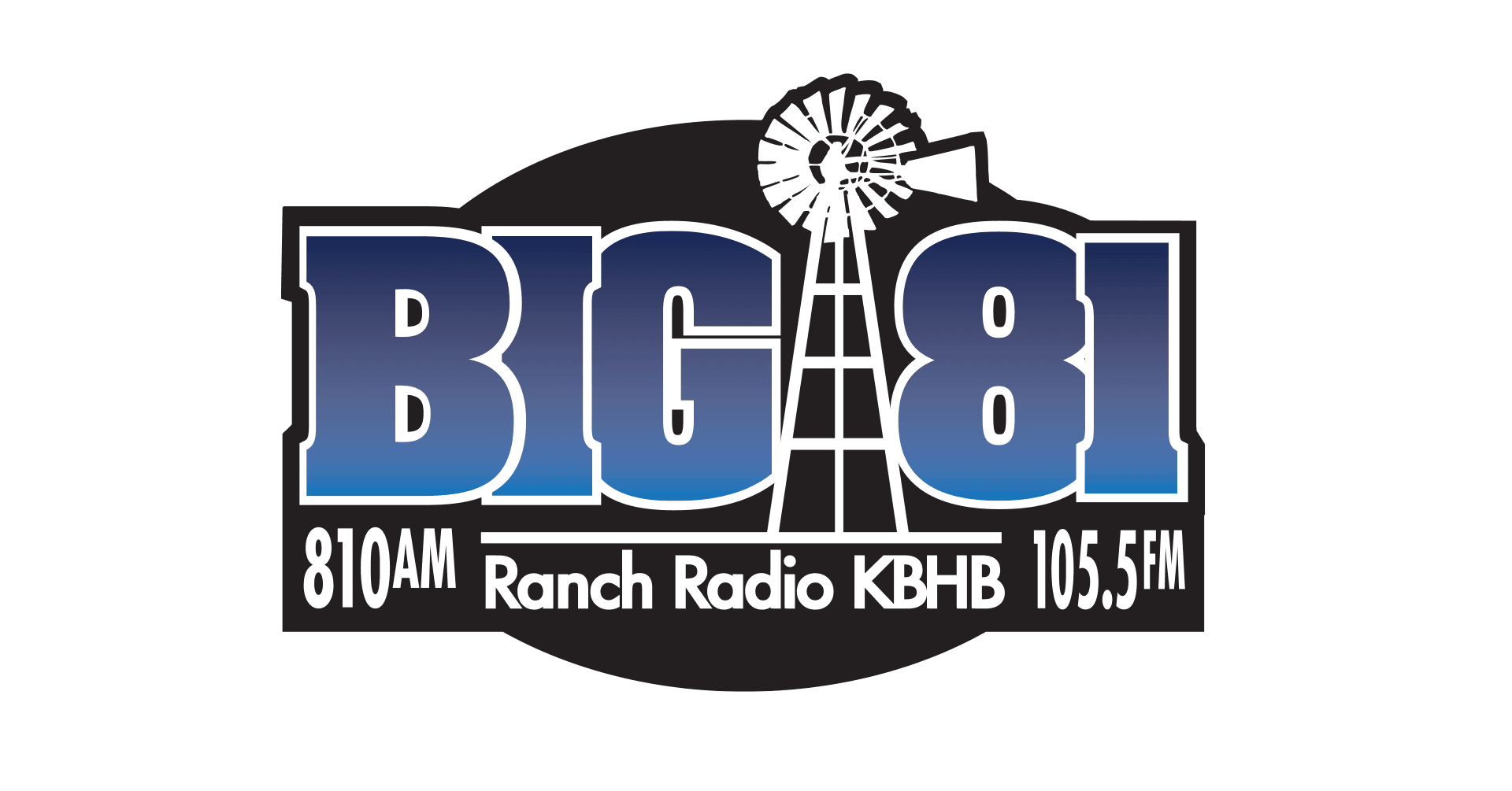WASHINGTON, D.C. – A loophole in the availability of over-the-counter animal antimicrobial drugs is about to close.
In 2017, the Food and Drug Administration (FDA) began implementing the Guidance for the Industry #213 otherwise known as the Veterinary Feed Directive (VFD). Implementation of the VFD focused on veterinary oversight of medically important antibiotics delivered to livestock via feed and/or water, leaving a significant loophole for those products that were available over-the-counter (OTC) by other dosage forms.
Because of this, on June 11, 2021, the Food and Drug Administration quietly published Guidance for Industry #263 which put in motion the framework to remove any remaining medically important antimicrobials from OTC marketing channels, closing this loophole.
Guidance #263 recommends sponsors of medically important antimicrobial drugs that continue to be available OTC and approved for use in animals (companion and food producing), regardless of delivery mechanism, to voluntarily bring these products under veterinary oversight or prescription marketing status. These product labels will now contain the prescription (Rx) statement, “Caution: Federal law restricts this drug to use by or on the order of a licensed veterinarian.”
While very little information about Guidance #263 was aimed towards livestock producers, this may have significant impacts on the way in which livestock owners are able to access antibiotic therapy for their animals. While this change does not require the purchase of products from a veterinarian, going forward, producers will be legally required to obtain a prescription from a licensed veterinarian with which the producer has a valid veterinary-client-patient relationship (VCPR). What this means for many producers is that products that they may have purchased from the local feedstore, farm supply, or local co-op may no longer be on those store shelves.
Much like when the veterinary feed directive was put in place in 2017, some of these businesses may simply pull these products from store shelves and decline to offer products as they do not have the framework in place to meet the legal burden of acting as a “Pharmacy” which requires the ability to review veterinary authorized prescriptions and track refills of those prescription products. For those that do continue to stock these products on their shelves, producers will have to produce a prescription prior to purchasing.
Those producers who already have a VCPR in place and purchase their animal health products through their veterinary office, or who purchase through other distributors under an existing prescription system, will likely notice little change in their ability to source these products. However, those producers that don’t consult a veterinarian on a regular basis will need to establish a valid VCPR prior to purchasing these products as they start to disappear from OTC access.
So, to the nitty gritty, what products should producers expect to see these changes. and when will this happen?
The following are some products that will be seeing label changes to prescription-only status:
- Oxytetracyclines
- Injectables: Liquamycin LA-200, Noromycin 300 LA, Bio-Mycin 200, Agrimycin 200, etc.
- Boluses: Terramycin Scours Tablets, OXY 500 Calf Boluses
- Penicillins (Penicillin G procaine, penicillin G benzathine)
- Injectables: Penicillin Injectable, Dura-Pen, Pro-Pen-G, Combi-Pen 48, etc.
- Intramammary tubes: Masti-Clear, Go-dry, Albadry Plus
- Sulfa-based antibiotics (Sulfadimethoxine, sulfamethazine)
- Injectables: Di-Methox 40%, SulfMed 40%
- Boluses: Albon, Sustain III Cattle & Calf Boluses, Supra Sulfa III Cattle & Calf Boluses
- Tylosin
- Injectables: Tylan 50, Tylan 200
- Cephapirin, cephapirin benzathine
- Intramammary tubes: ToDAY and ToMORROW
Additionally, several swine medications fall under the new guidance:
- Lincomycin
- Injectables: Lincomix 100, Lincomix 300, LincoMed 100, LincoMed 300
- Gentamicin
- Injectables: Garasol, Gentamicin Piglet Injection
When Guidance #263 was published on June 11, 2021, it was structured with a two-year phase-in for manufacturers of these products to make label changes and come into compliance with the guidance so that they would be able to continue marketing their products without interruption. All products covered under Guidance #263 are to be removed from OTC availability by June 11, 2023.
The expectation is that producers will see familiar products start to disappear from store shelves as OTC products over the next 14 months as manufacturers finalize label changes and refine their marketing and distribution channels to assure compliance with prescription requirements.
It is important to remember that these critical products are not being removed from the marketplace, but instead being brought under veterinary oversight in order to combat overuse/misuse due to OTC access. Furthermore, producers SHOULD NOT “stock-up” on these products to avoid needing a prescription once this change takes effect. Again, these products will STILL be readily available.
Animal health products have expiration dates and are sensitive to storage time and conditions. Purchasing large quantities of animal health products may lead producers to have an excess of products unused by the date of the product’s expiration. Products used after the expiration date are less effective and may not work as intended and may lead to higher incidences of treatment failure.
Disposal of expired antimicrobials can present challenges as well. In the long run, it is easier and safer to purchase products only when needed under the guidance of a veterinarian. Additionally, this guidance affects only medically important antibiotic products. Antiparasiticides, injectable and oral nutritional supplements, oral pro/prebiotics and topical non-antibiotic treatments will not be affected and will remain available through OTC marketing channels just as before.
Now, more than ever, producers need to seek out and establish a VCPR with a trusted veterinarian to provide input on antibiotic selection for their operations so that the best treatment options can be selected with antibiotic stewardship, animal welfare, and livestock economics all important decision-making factors.












